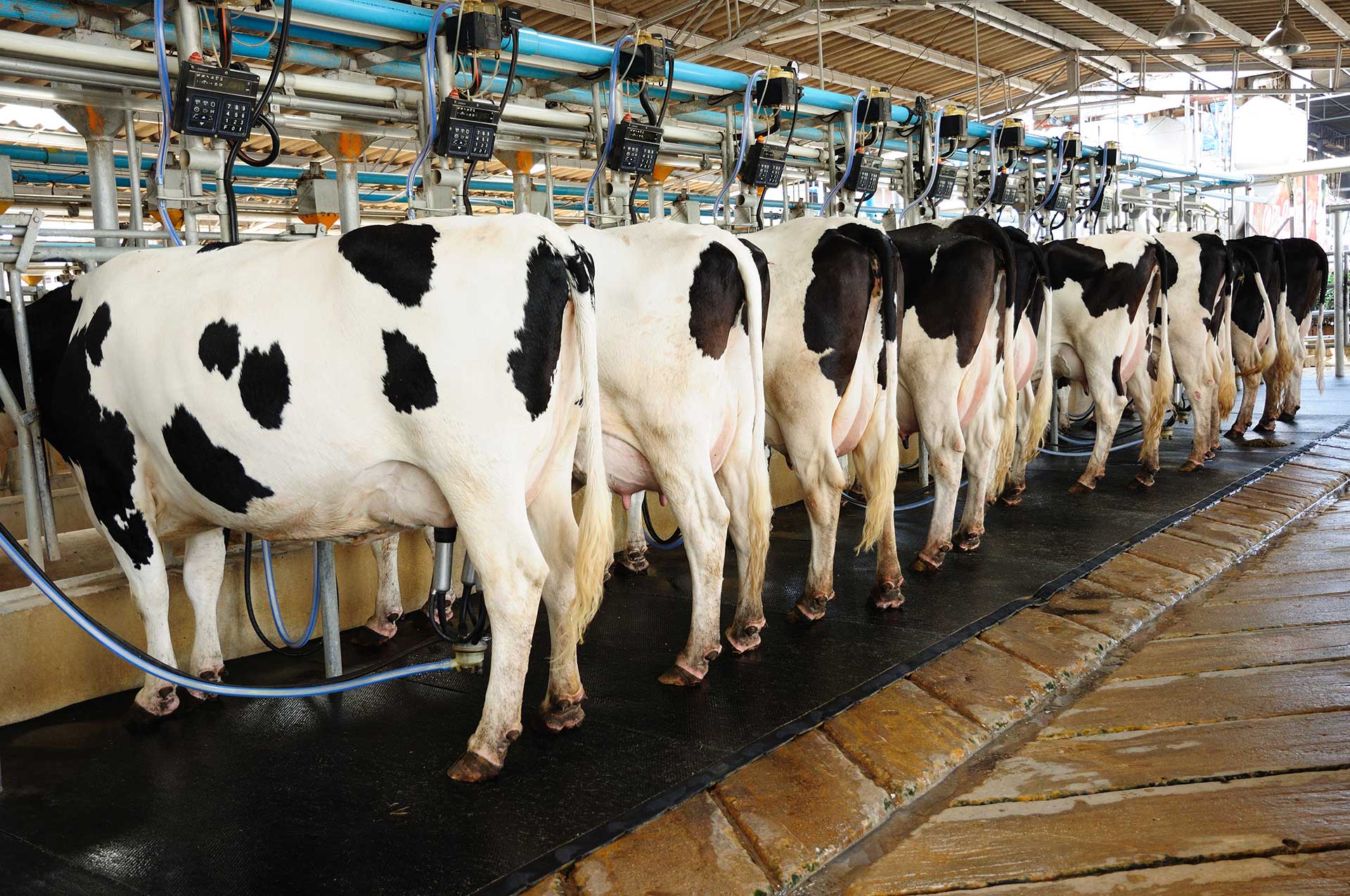Dairy Product Shelf-Life Testing
In the agricultural and forestry sectors, dairy products play a crucial role in nutrition. Ensuring the quality and safety of these products is paramount for both producers and consumers alike. Dairy product shelf-life testing evaluates the period during which a dairy product remains safe to consume and retains its expected quality characteristics.
This service involves a series of tests aimed at determining the optimal storage conditions, processing techniques, and packaging methods that can extend the shelf life while maintaining the nutritional value and sensory properties. Shelf-life testing is essential for food safety regulations, consumer protection, and extending product marketability.
The process typically includes microbiological analysis to detect spoilage organisms, chemical stability assessments using titratable acidity tests, and sensory evaluations by trained panelists. Additionally, physical changes such as fat separation or texture alterations are monitored over time. These tests help in identifying the critical control points that affect shelf-life.
For dairy producers, this service can significantly impact product development strategies. By understanding the precise shelf life of various products under different storage conditions, companies can optimize their supply chain and distribution processes. This ensures that consumers receive fresh and safe products while minimizing waste and enhancing profitability.
The results from these tests are used to develop best practices for handling, storing, and transporting dairy products. These insights can lead to improved product quality, increased consumer trust, and compliance with international standards such as ISO 16140-2, which provides guidelines for shelf life determination of liquid milk.
Quality managers and R&D engineers rely on this testing to ensure their products meet regulatory requirements. Compliance officers use the data from these tests to validate that their processes adhere to legal mandates. The insights gained from shelf-life testing can also be crucial in addressing specific challenges faced by dairy processors, such as extending the life of ultra-pasteurized milk or optimizing the packaging for cheese.
Applied Standards
| Standard Reference | Description |
|---|---|
| ISO 16140-2:2015 | Guidelines for shelf life determination of liquid milk. |
| ASTM D3987 | Standard test method for determining the microbial quality of pasteurized fluid milk products by aerobic plate count. |
| EN 20461 | Guidelines for shelf life determination of cheese. |
Eurolab Advantages
At Eurolab, we provide comprehensive dairy product shelf-life testing services tailored to meet the unique needs of our clients in the agriculture and forestry sectors. Our team of experts employs cutting-edge technology and follows stringent quality control measures to ensure accurate and reliable results.
- State-of-the-art laboratory facilities equipped with advanced analytical instruments.
- Experienced scientists and analysts specializing in dairy product analysis.
- Comprehensive testing covering microbiological, chemical, and sensory aspects.
- Compliance with international standards and local regulations.
We offer flexible service packages that can be customized to suit individual business requirements. Our clients benefit from detailed reports that provide actionable insights into product quality and shelf-life extension strategies. Eurolab’s commitment to excellence ensures that our services are not only precise but also cost-effective, helping you make informed decisions about your dairy products.
Why Choose This Test
- Ensures compliance with international and local food safety regulations.
- Aids in optimizing storage conditions for extended shelf life of dairy products.
- Improves product quality by identifying critical control points affecting shelf-life.
- Enhances consumer confidence through consistent product freshness and safety.
- Supports sustainable practices by minimizing waste and extending product availability.
- Provides valuable data for ongoing research and development in dairy science.
- Aids in meeting specific market demands related to shelf life expectations.





